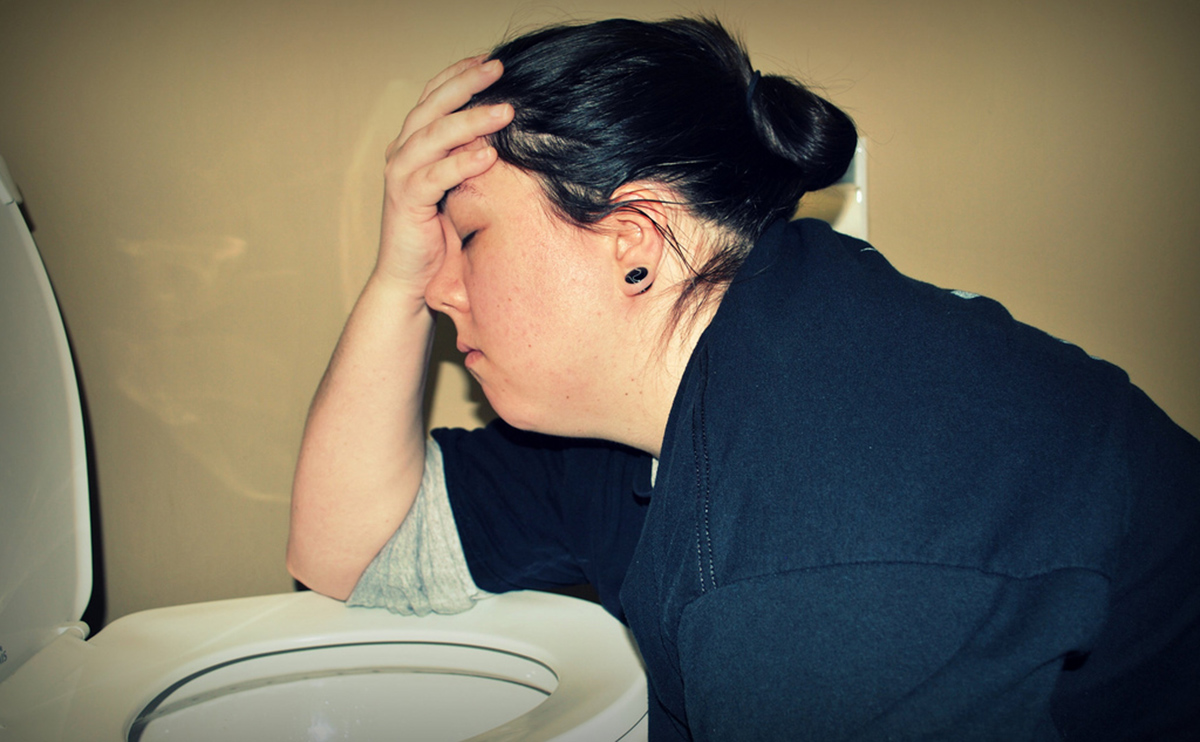Table of Contents
Food or water may be contaminated with microbes (bacteria, viruses), toxins or any other chemical agents if handled under unhygienic or unsanitary conditions. If consumed in sufficient amounts, contaminated food may cause an infection. This is often accompanied by diarrhoea, abdominal cramping, sweating, and muscle weakness.

Salmonellosis – overview
Food poisoning is most commonly caused by the bacterium Salmonella. The infection caused by this bacterium is known as Salmonellosis. A toxin produced and excreted by the bacteria in the intestine is responsible for the symptoms and infection. It can occur in both adults and children. Infections such as these usually cause gastroenteritis (an infection of the intestines), and it may take several weeks for bowel functions to become normal.
Sources of Salmonella
Salmonella may be found in a variety of foods and other substances, which makes the person handling them more susceptible to infection. These include:
- raw beef, dairy products, and poultry
- unwashed vegetables and fruits
- contaminated utensils and poor sanitary habits of your food handler
- faeces of certain pets, especially if they have diarrhoea (reptiles, ducklings and small rodents)
- gut of many animals (farm animals and pets)
Symptoms Caused by Salmonella Infections
Salmonellosis causes the same unpleasant symptoms that are generally associated with food poisoning. They develop within 72 hours of consuming the contaminated food and for an infection to develop. The infection may persist for as long as a week, however people who suffer from diarrhoea recover comparatively quickly.
Common symptoms include:
- diarrhea infrequent and non-bloody or frequent and bloody)
- abdominal cramping
- fever (38°C to 39°C)
- nausea and vomiting
- headache, myalgia (muscle pain) and arthralgia (joint pain)
- Reiter’s syndrome (reactive arthritis). This disease can persist for months and even years, and can cause chronic arthritis as well.
Getting Tested and Treated
In daily practice, doctors usually diagnose Salmonellosis on the basis of clinical presentation without performing any lab tests. However, in some cases a stool sample or blood test will be done to confirm the presence of Salmonella. If you are well aware of the symptoms of Salmonellosis, you can start the treatment at home safely. The treatment is aimed at keeping the patient hydrated.
He might prescribe antibiotics or fluids intravenously to prevent dehydration.
See Also: Is It Salmonellosis Or Some Other Food Poisoning Bacteria?
Importance of diagnosis
This is extremely important to know the exact presentation of Salmonellosis. This is because most of the people tend to wrongly diagnose the infection and thus start treatment for salmonella while the actual infection remains untreated. Salmonellosis is not really a fatal disease; however, dehydration due to loss of body fluids can cause death. Starting the treatment at home as soon as the symptoms appear is really a good idea. Mild infections tend to go away easily with home remedies.
- Photo courtesy of Morgan by Flickr: www.flickr.com/photos/meddygarnet/3251224178
- Photo courtesy of likeablerodent by Flickr: www.flickr.com/photos/likeablerodent/8866646512

